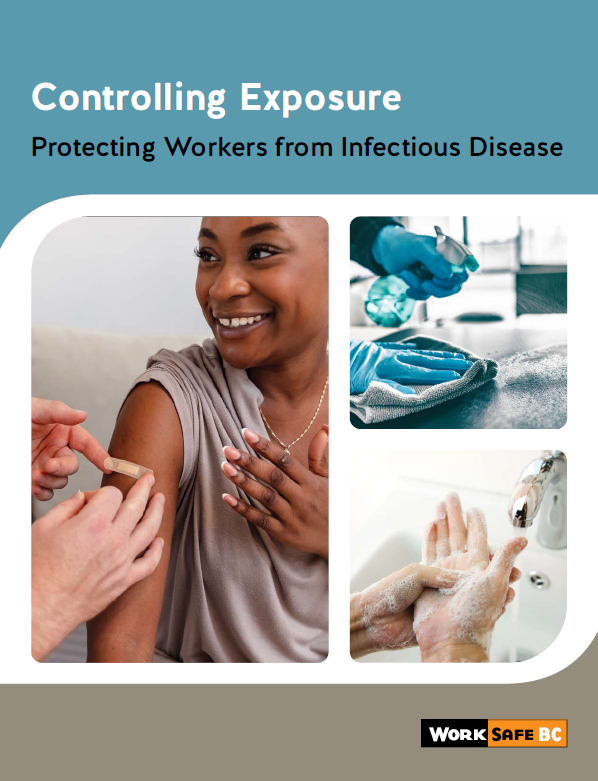Tuberculosis
Tuberculosis (TB) is a disease that attacks the lungs and other organs. It is the result of inhaling the TB bacteria, usually from close contact with someone who has TB. Tuberculosis is a serious medical condition, but can be prevented from spreading through the workplace.
- The risks
- How to reduce the risks
- Resources
The risks
Tuberculosis (TB) causes people to cough constantly. As they cough they release sputum that can contain the TB bacteria. If you spend enough time around someone with active TB and inhale enough of the bacteria, you can become infected. Most people need to spend several days around someone with TB to get the infection. However, just being around someone with TB does not mean you will get sick. Ninety percent of those infected with TB do not develop symptoms.
Tuberculosis is not specific to any one job or industry, though workers tend to be at a higher risk if they work with people from high-risk populations (e.g., poor, homeless, immunocompromised). Those at a higher risk for exposure to tuberculosis include:
- Healthcare workers
- Social service workers
- Prison workers
How to reduce the risks
If a worker or workers could be exposed to TB, the employer must develop and implement an exposure control plan (ECP). This plan must identify the workers at risk of exposure and the controls required to protect those workers. These will be unique to each worksite and work environment. When choosing risk controls, consider the following questions.
-
1
Administrative controls
This type of control involves changing work practices and policies. A question to consider:
- Can patients with TB be isolated from other patients (e.g., in a negative-pressure isolation room)?
-
2
Personal protective equipment (PPE)
This is the least effective type of control. When used, there must always be at least one other control in place as well. Some questions to consider:
- Are workers using respirators as required by the exposure control plan?
- Are workers using protective clothing, gloves and goggles as required by the exposure control plan?


